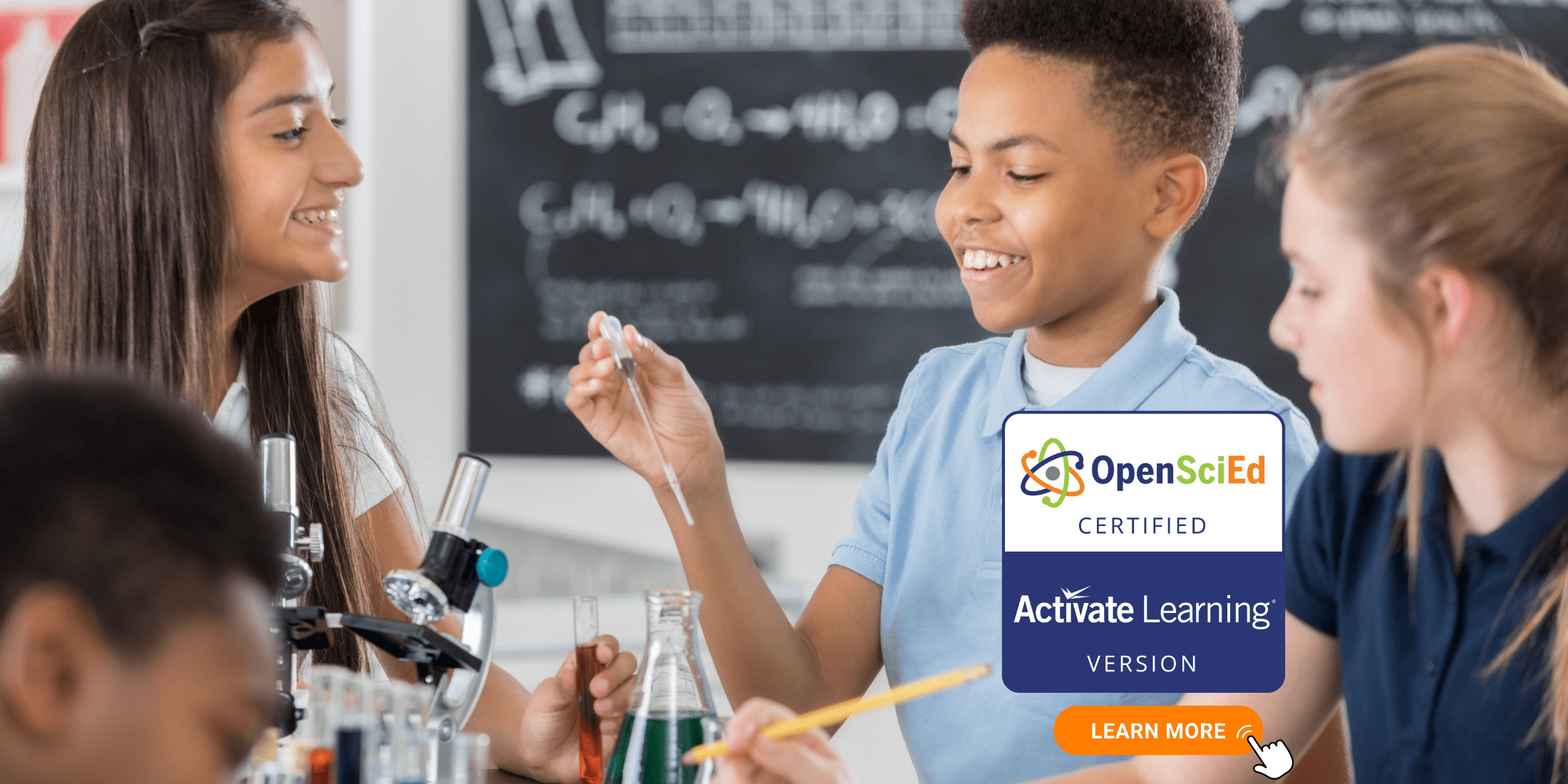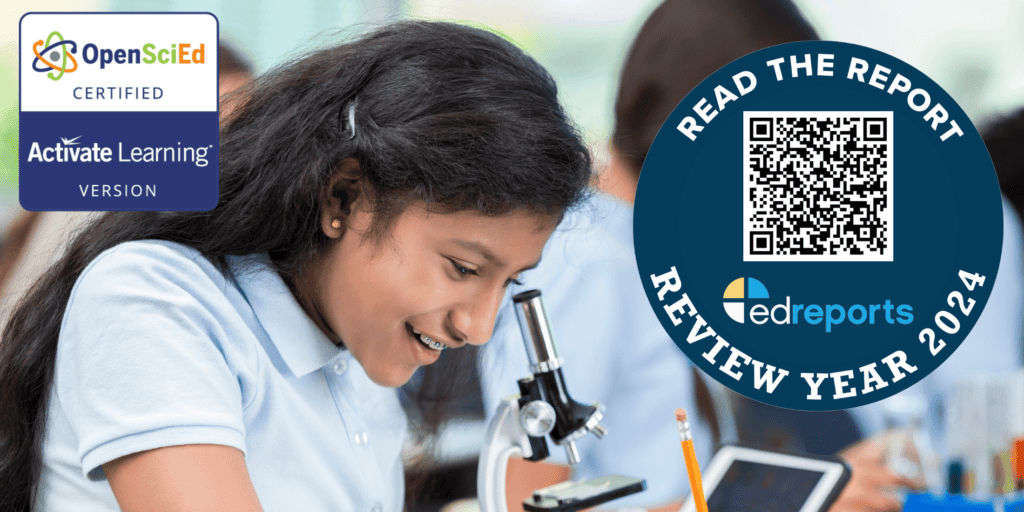What is Investigation-Centered Science and How Does It Foster Hands-On STEM Education?
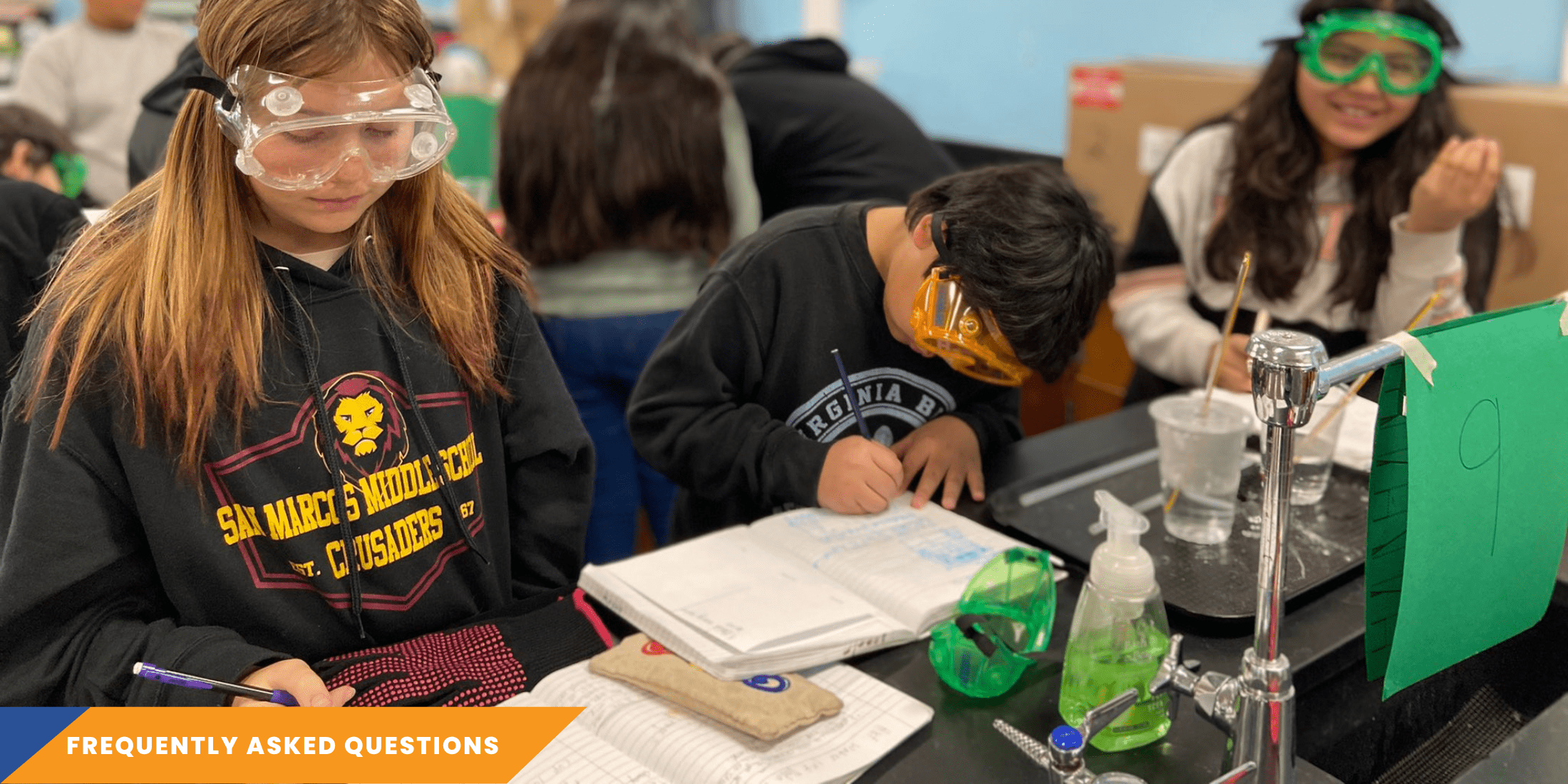
Quick Take: Investigation-Centered Science is pedagogical approach that emphasizes experiential learning, empowering students to actively engage in scientific investigations. IQWST and OpenSciEd curricula exemplify this innovative method, fostering curiosity, critical thinking, and collaboration among students.
Finding effective methods to engage students and stimulate active participation is crucial in science education. One innovative pedagogical approach that achieves this is Investigation-Centered Science. In this FAQ blog post, we will explore the concept of Investigation-Centered Science, its application in our IQWST and OpenSciEd middle-school curricula, and the benefits it offers to students.
Defining Investigation-Centered Science
Investigation-Centered Science is a pedagogical approach used in STEM education that emphasizes hands-on, experiential learning. Active engagement with scientific practices is key to developing a deeper understanding of scientific concepts.
In this approach, students learn by conducting investigations, usually in the form of scientific experiments or research projects. Rather than passively absorbing information, students actively explore and inquire, driving their own learning journey. And, rather than lecturing and merely teaching science, educators serve as facilitators, guiding students through the process and supporting their exploration of scientific phenomena.
Let’s take a look at the application of Investigation-Centered Science in Activate Learning curricula.
Example 1: Investigation-Centered Science in IQWST Curriculum
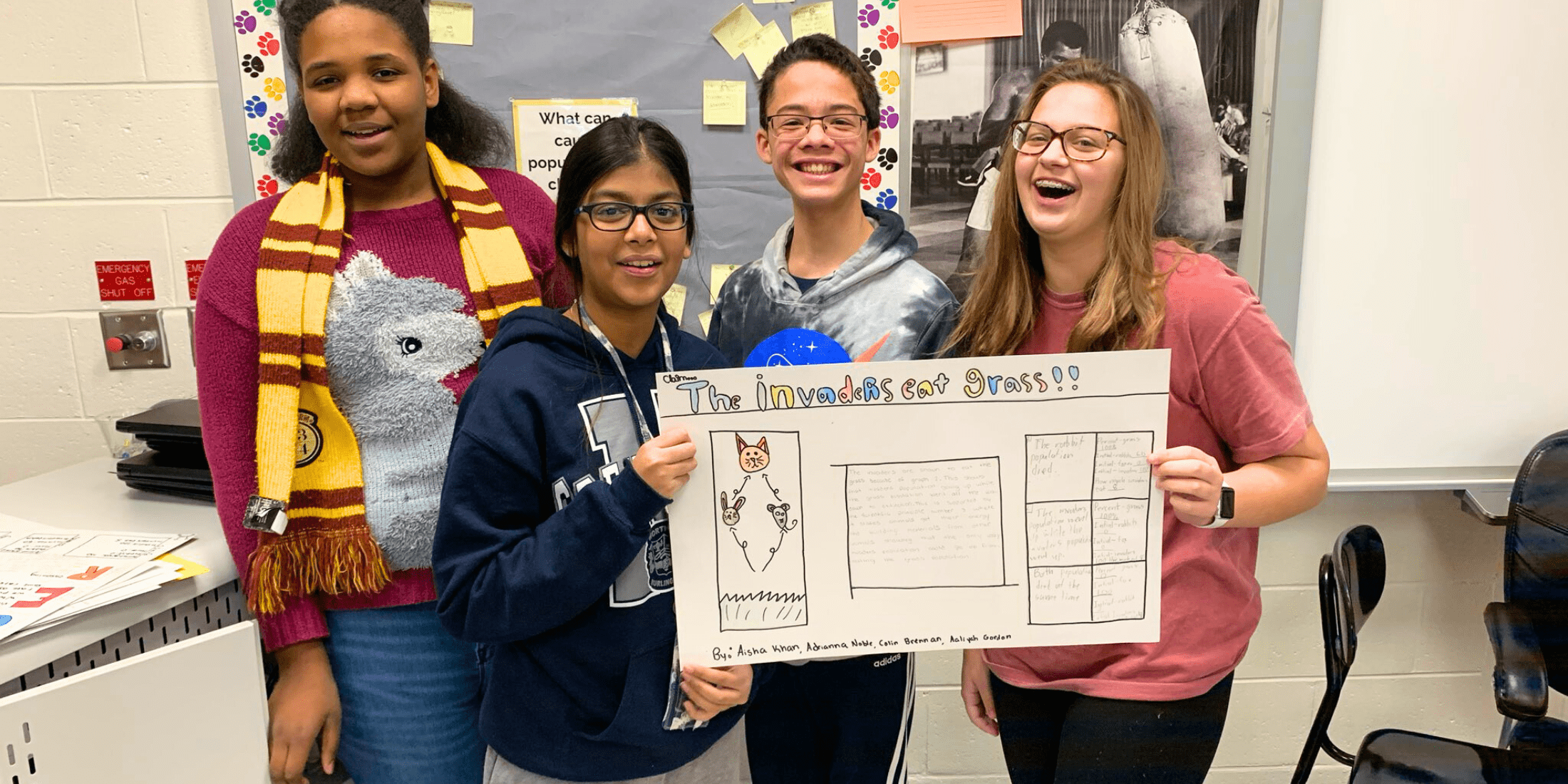
Investigation-Centered Science is demonstrated brilliantly in one of our most popular curricula, IQWST. In order to promote a collaborative learning environment where students can engage with science content, IQWST includes all students in shared phenomena and investigations. The curriculum puts a lot of emphasis on encouraging collaboration between students with different capabilities. Students gain essential cooperation and communication skills as well as knowledge of scientific principles through group projects.
IQWST follows the investigation-centered pedagogical approach through incremental building and revision of ideas based on evidence. Students' ideas and questions drive what evidence to collect, and they seek evidence to figure things out as they build and revise their explanations, models, and arguments. Rather than confirming pre-taught ideas, investigations in IQWST provide evidence to construct new science ideas, empowering students to think critically and independently.
See how this innovative approach transforms learning through grade-specific units below. From exploring the human body as a system to delving into the particle nature of matter and unraveling the mysteries of force, motion, and energy in the real world, each grade offers exciting opportunities for hands-on learning and inquiry.
Grade 6: Body Systems and Energy
- Investigates the human body as a system with interconnected subsystems.
- Students explore how body systems work together to enable various activities they enjoy.
- Focuses on the transformation of food and oxygen into usable energy at the cellular level.
- Students construct detailed, evidence-based explanations of body functions and energy needs.
Grade 7: Particle Nature of Matter
- Explores key concepts in physical and Earth sciences related to the particle nature of matter.
- Investigates air and models odors traveling in air, leading to generalizations about gasses.
- Students revise and expand their models to include liquids, solids, Earth's resources, and all matter.
- Engages in an engineering-focused lesson on fossil fuels and their derivation from natural resources.
- Builds foundational understanding of particles, molecules, and atoms for subsequent modules.
Grade 8: Force, Motion, and Energy in Real-World Contexts
- Contextualizes concepts of force, motion, and energy within students' real-world experiences.
- Four interesting devices serve as common experiences to investigate force and motion.
- Subsequent lessons revisit and make sense of the anchoring phenomenon, deepening students' understanding.
- Encourages exploration, questioning, and iterative learning to explain real-world phenomena related to motion.
- Engages students in an engineering design activity to apply and enhance their understanding of different types of force.
Example 2: Investigation-Centered Science in OpenSciEd Curriculum
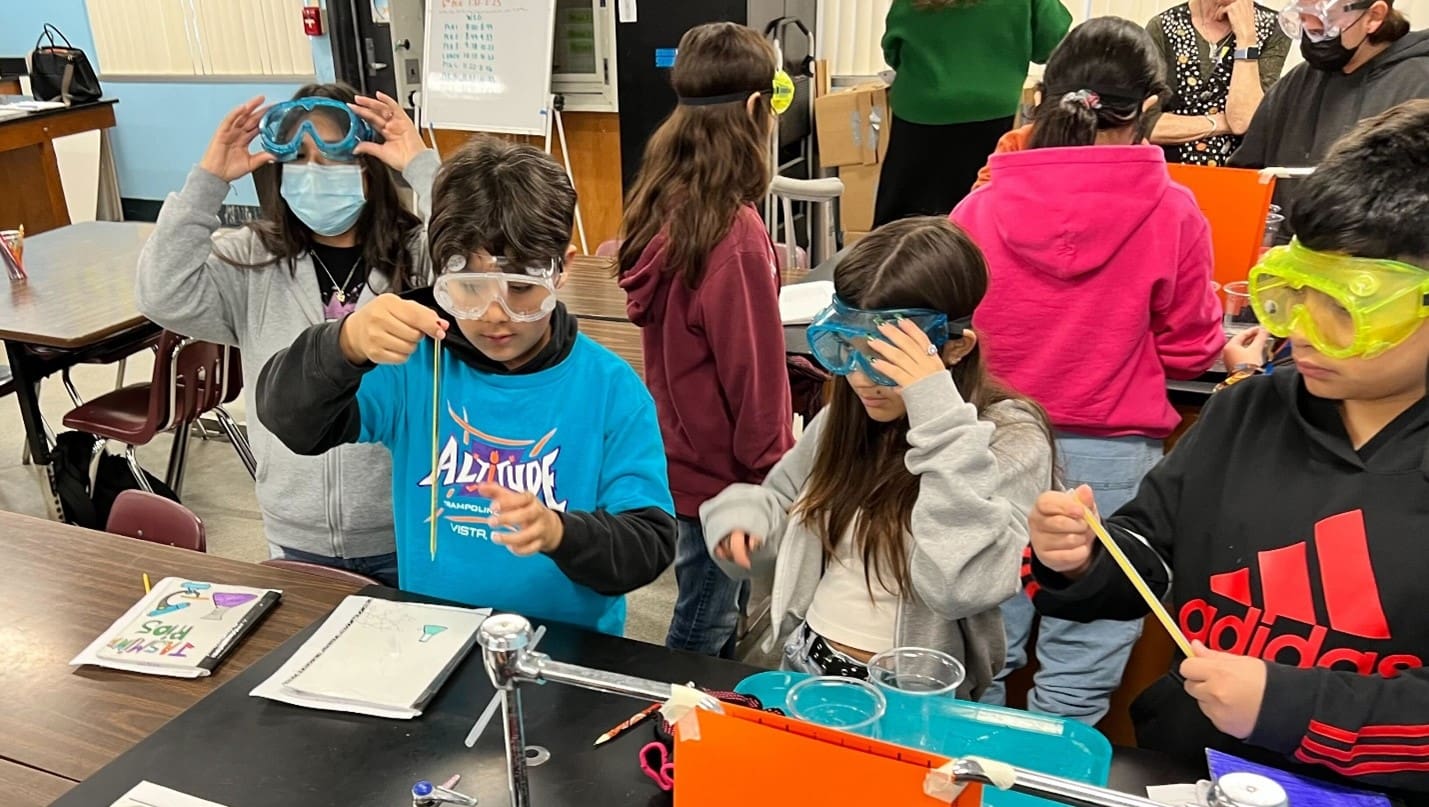
OpenSciEd also exemplifies Investigation-Centered Science through its inquiry cycles. Each lesson in OpenSciEd investigates one aspect of the anchoring phenomenon, and students actively pose questions, explore the phenomenon through scientific investigations, and make sense of their observations. The Investigation Routine within OpenSciEd helps students articulate a plan of action for investigations, engage in science and engineering practices, and synthesize new information to understand phenomena better.
The OpenSciEd instructional model encourages students to think like scientists and engineers. They don't merely learn about science ideas first and then apply them; instead, they engage in practices to develop their understanding. Through the Investigation-Centered Science approach, students become active participants in their learning journey, making sense of the world around them through inquiry and exploration.
Students primarily use the Investigation routine when they are in the midst of activities where they are attempting to determine something or design solutions to a problem. This routine consists of three components that assist with activity preparation, execution, and follow-up.
Element 1: Create a Plan of Action
In the first element, the class collaboratively crafts a plan of action to investigate a specific question and considers key measurements or observations for the investigation. This process aids the class in refining their questions. Examples of guiding questions for the plan include the following:
- How do we plan an investigation?
- What variables do we need to measure and control
- What do we need to focus on in our observations?
- How are we going to record our observations?
- What do different components represent in the real world?
- What do we think might happen?
Element 2: Do the Work with Science and Engineering Practices
Students utilize science and engineering practices to make sense of perplexing phenomena and address questions through investigations, data analysis, modeling, and argumentation. The bulk of class time is dedicated to this element, empowering students to take the lead in problem-solving.
For instance, students actively identify the phenomena they are trying to understand or the questions they seek to answer during the activity. Examples include the following:
- Collecting data through hands-on or computer simulations
- Analyzing graphs or data
- Examining and critiquing evidence
- Observing and manipulating physical models to explain phenomena
- Comparing how well competing models can fit and explain our data
Element 3: Make Sense: What did we figure out?
At each step, students piece together information about the phenomenon, summarizing and synthesizing new insights. These may include disciplinary core ideas, like the concept of sound produced by a vibrating object, and extensions of cross-cutting concepts like matter and energy. Notably, students engage in practices before learning science ideas, enabling them to explain phenomena effectively. Examples of this process include:
- Revising or refining a model
- Participating in a consensus discussion (e.g., expressing agreement or disagreement with the ideas or findings of others)
- Revisiting the Driving Question Board (e.g., students ask, “How did it help us answer X question?”; this may overlap with the Navigation routine.)
The Benefits of Investigation-Centered Science in the Classroom
The advantages of Investigation-Centered Science are numerous. By placing students at the center of their learning experience, this approach cultivates a deeper understanding of scientific concepts and principles. Active engagement in scientific practices, such as conducting investigations, analyzing data, and making models, empowers students to think critically and solve real-world problems. By honing these essential competencies, students are better equipped to succeed in the STEM workforce.
Implementing this method in the classroom requires a student-centered approach and a supportive learning environment. To facilitate this process, teachers can create a language-rich environment that nurtures student exploration and questioning. Teachers also need support and continuous professional learning.
Investigation-Centered Science is at the heart of Activate Learning's commitment to delivering quality, NGSS-aligned STEM education. Our IQWST and OpenSciEd curricula exemplify the power of Investigation-Centered Science, fostering curiosity, critical thinking, and collaboration in young minds. To learn more about this approach, contact us.
* * * * *

